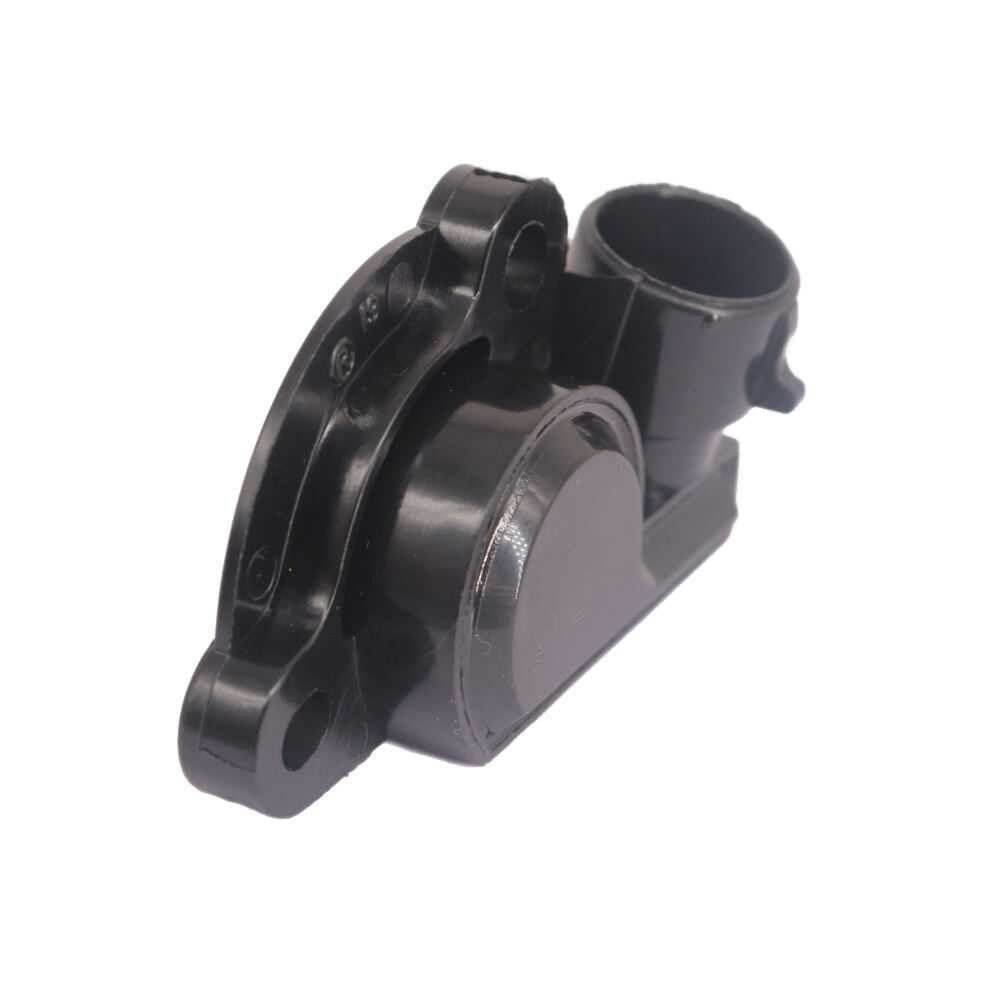a throttle position sensor
A throttle position sensor (TPS) is a crucial component in modern vehicle engine management systems, serving as a vital link between driver input and engine performance. This precision instrument monitors the exact position of the throttle valve, providing real-time data to the engine control unit (ECU). Located on the throttle body, it continuously measures the angle of the throttle plate, translating mechanical movement into electrical signals. The sensor operates by utilizing either a potentiometer or Hall effect technology, ensuring accurate readings of throttle position from fully closed to wide open. As the accelerator pedal is pressed, the TPS tracks the corresponding throttle plate movement, enabling the ECU to adjust fuel injection timing and volume accordingly. This sophisticated sensor plays a fundamental role in maintaining optimal air-fuel ratios, ensuring smooth acceleration, and maximizing fuel efficiency. The TPS also contributes to various engine management functions, including idle speed control, transmission shift points, and traction control systems. Modern throttle position sensors feature advanced durability designs, with sealed components that resist contamination and wear, ensuring long-term reliability and consistent performance throughout the vehicle's lifecycle.

